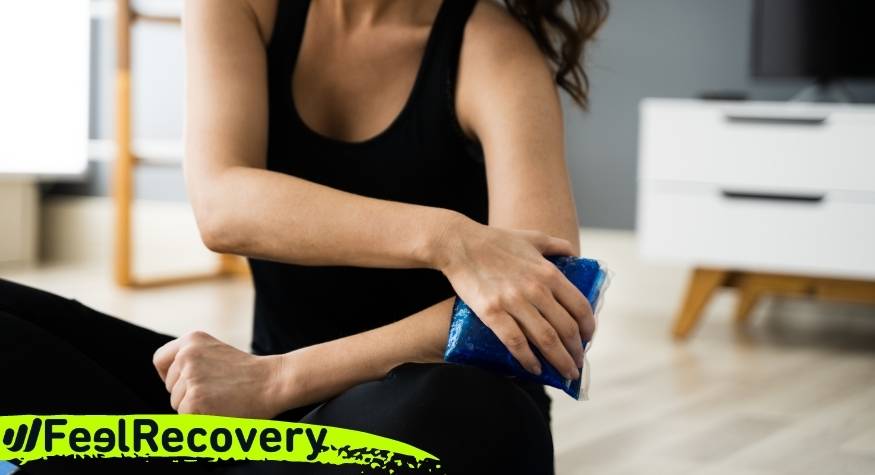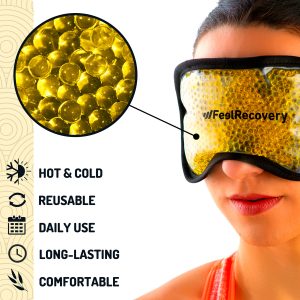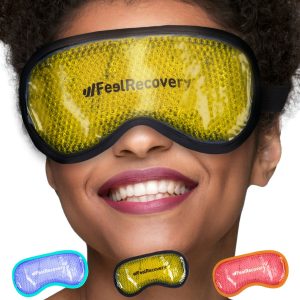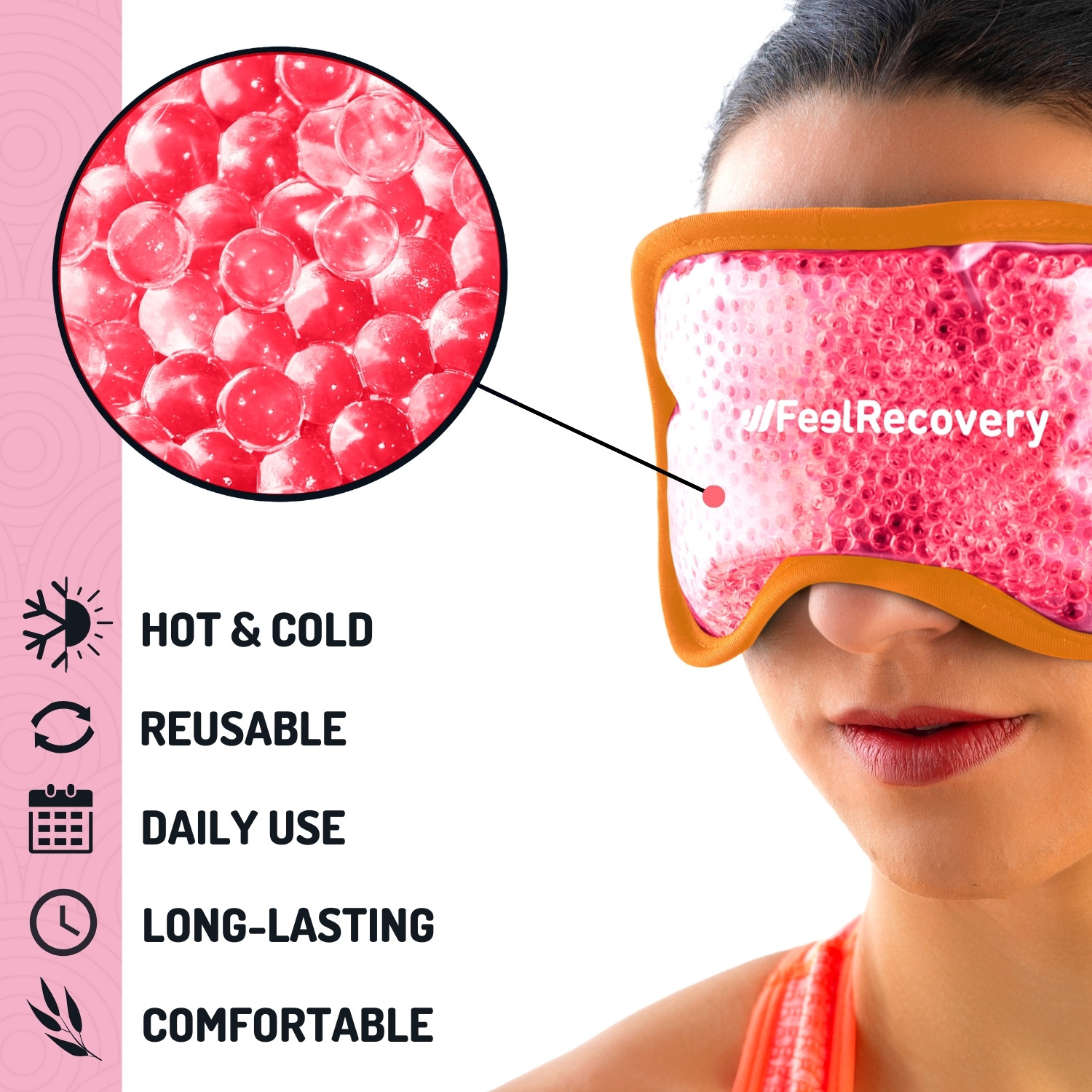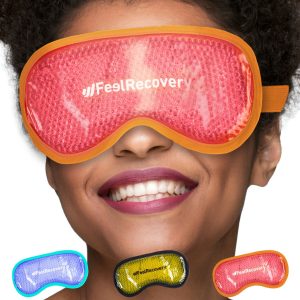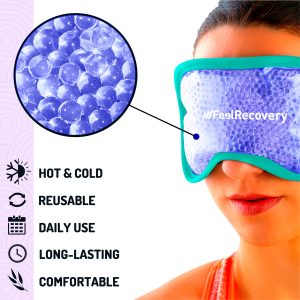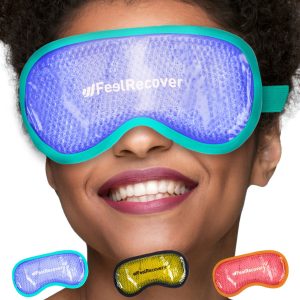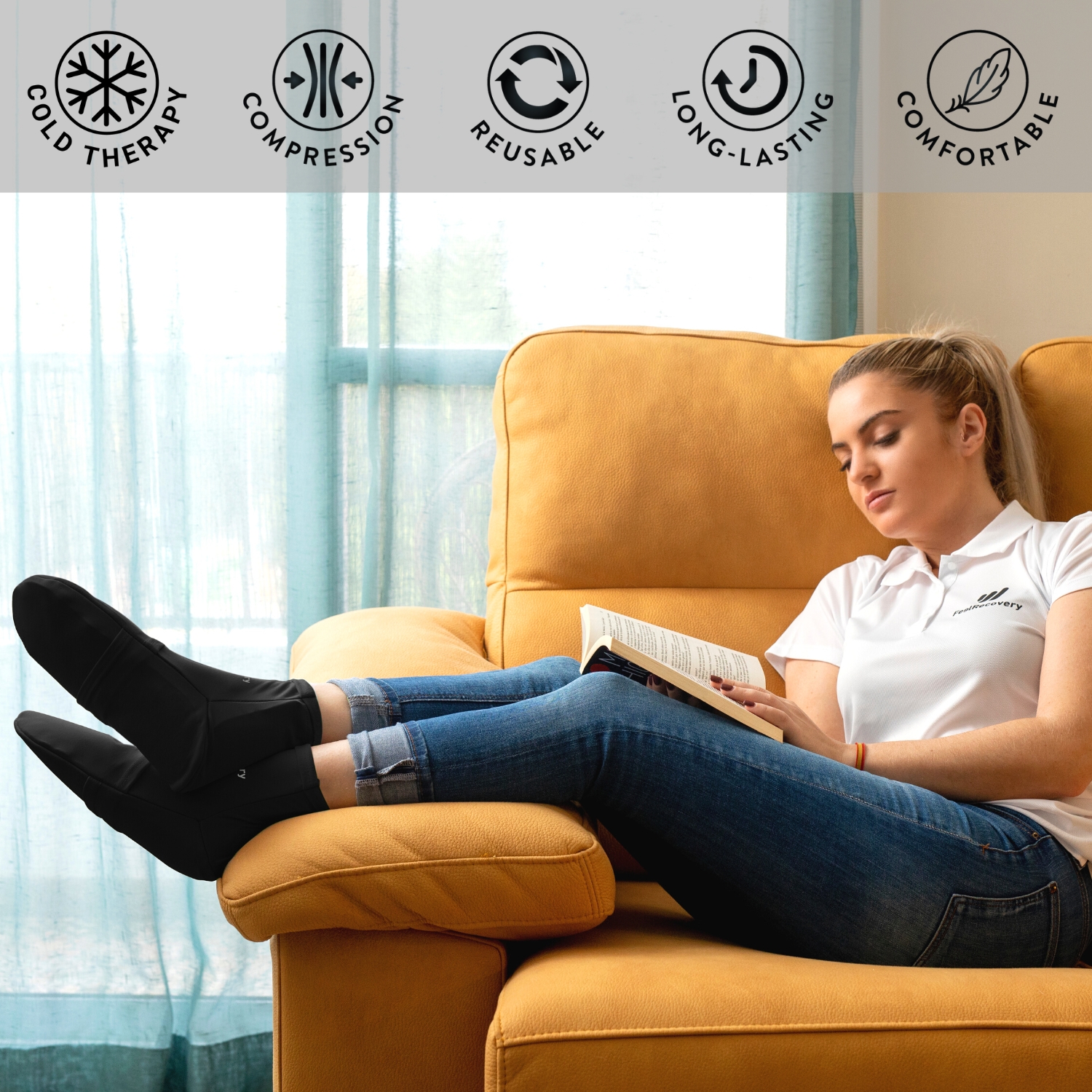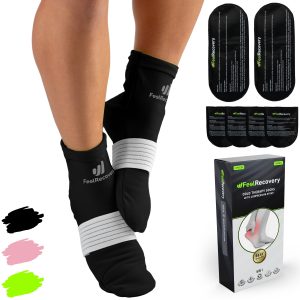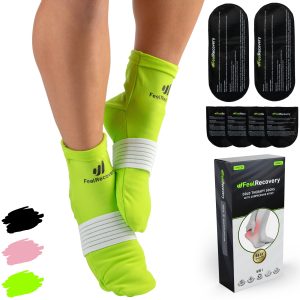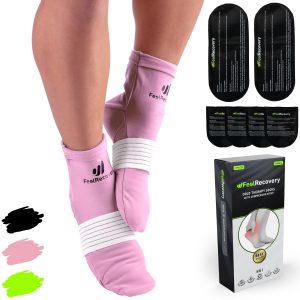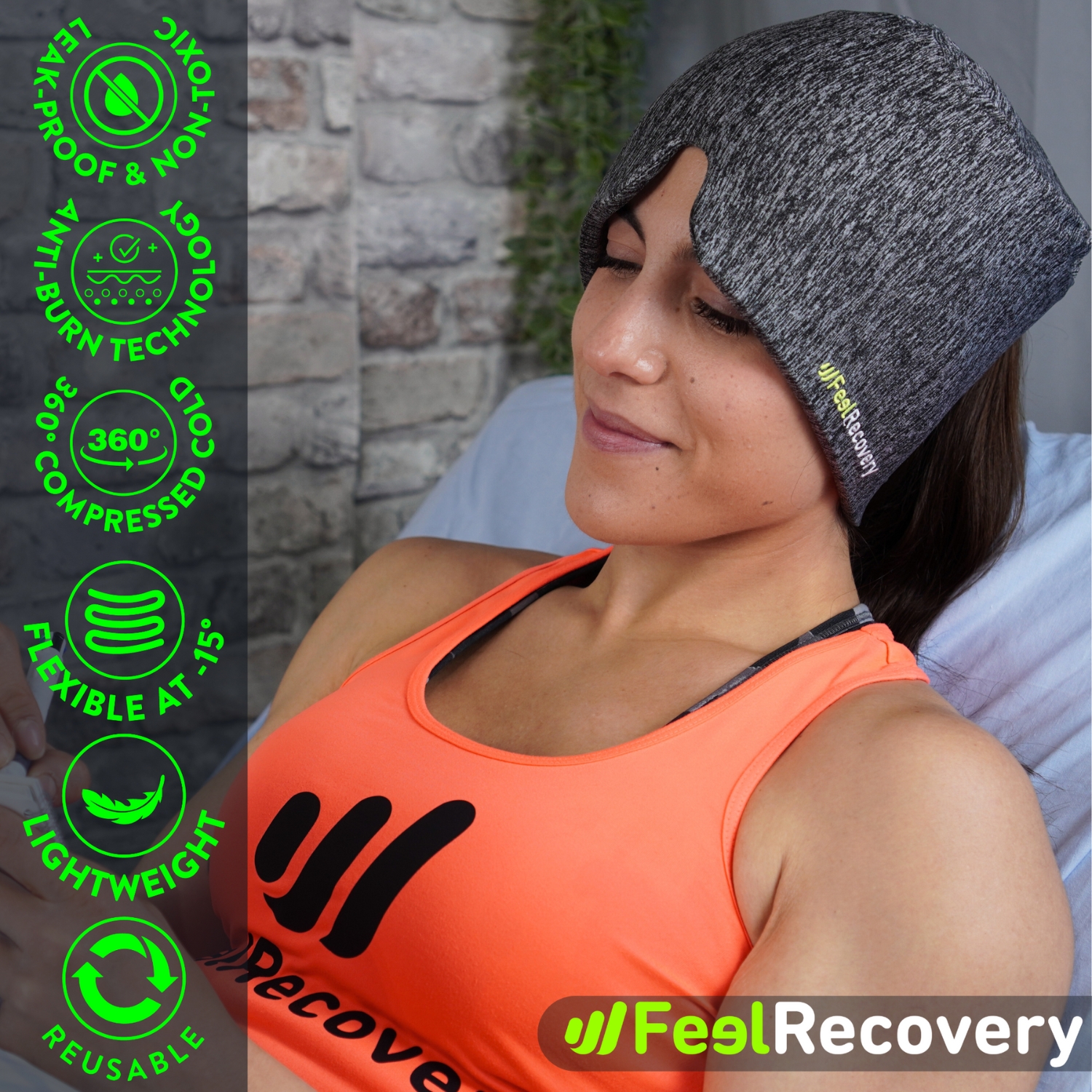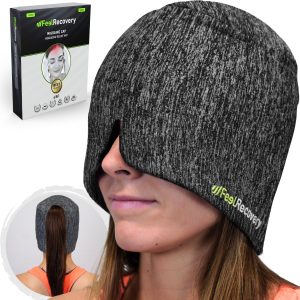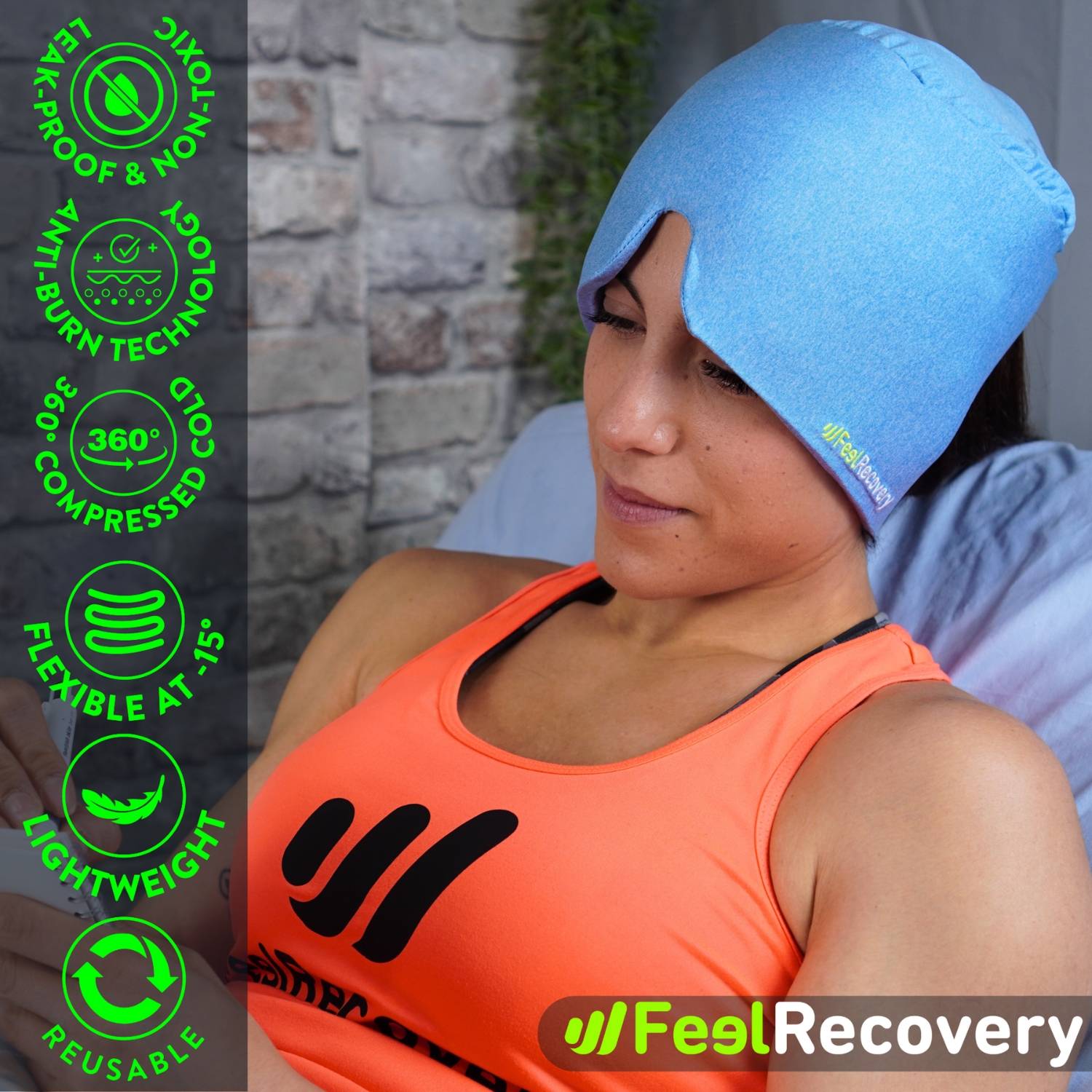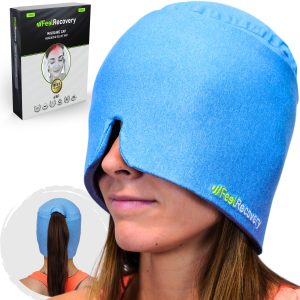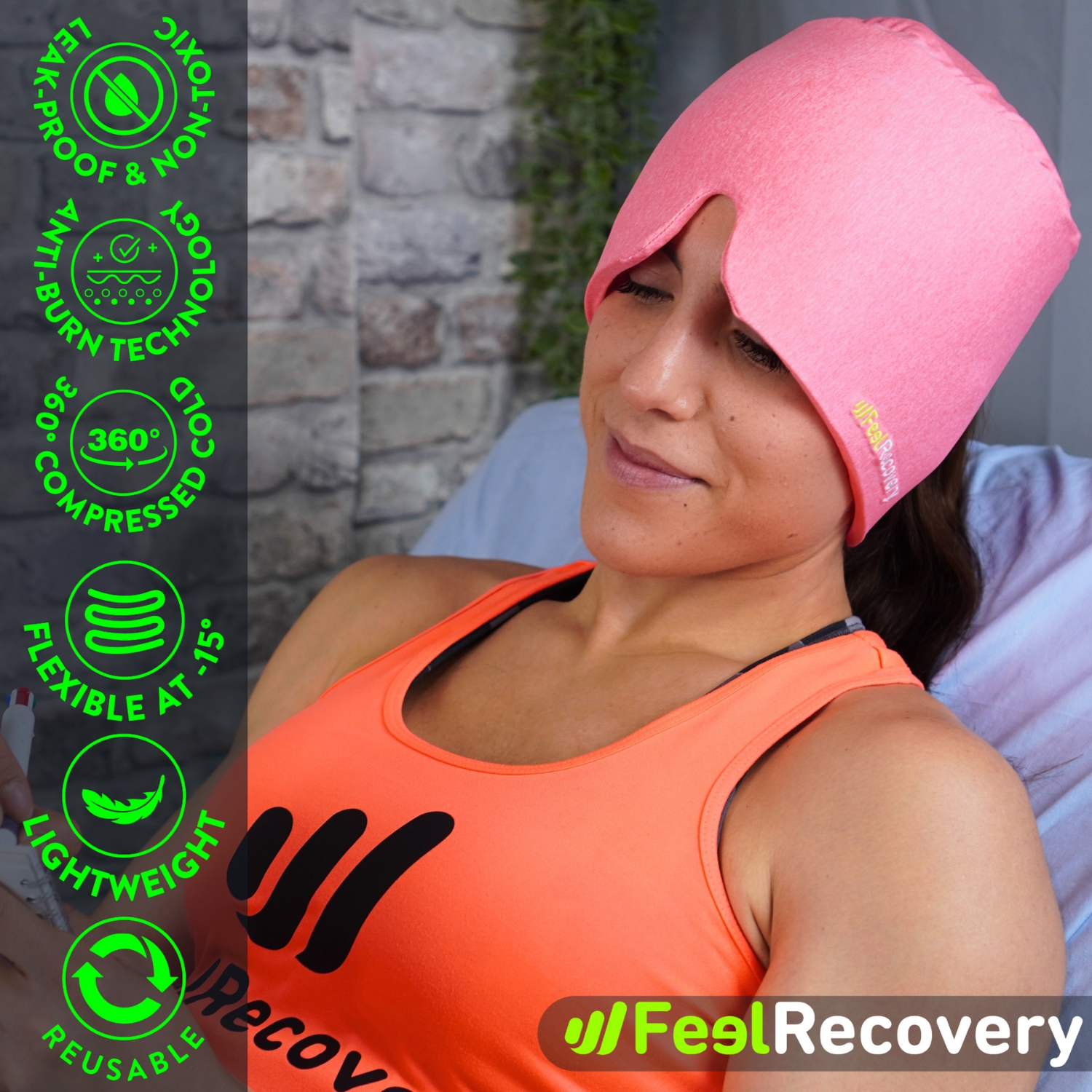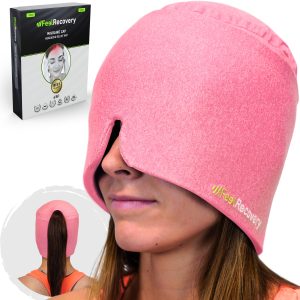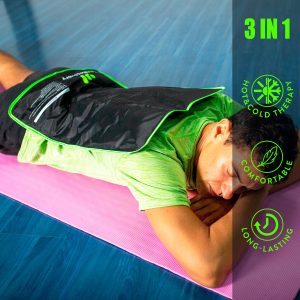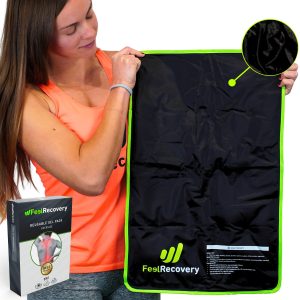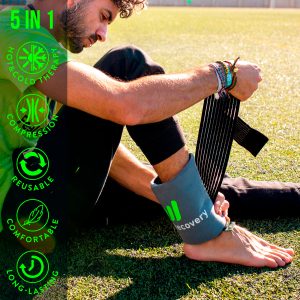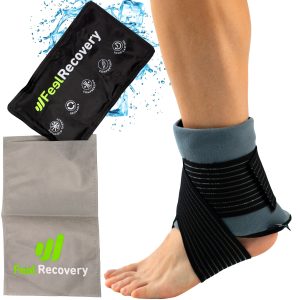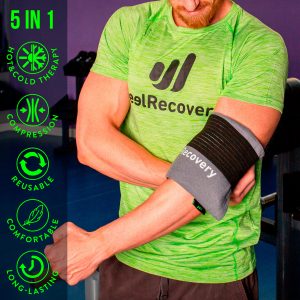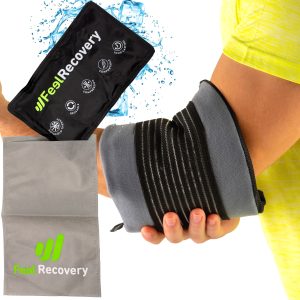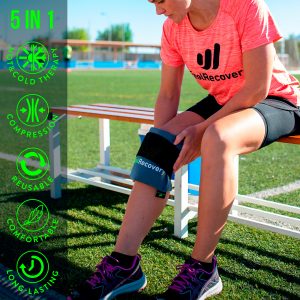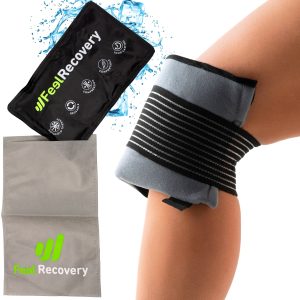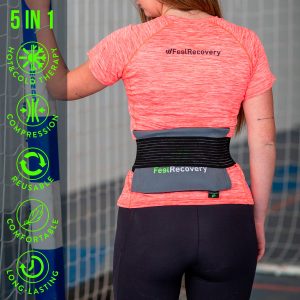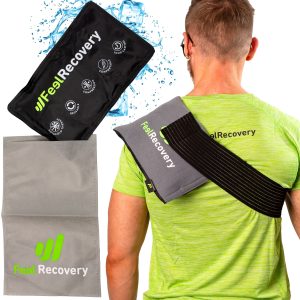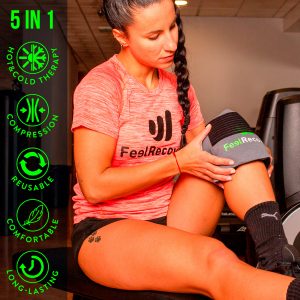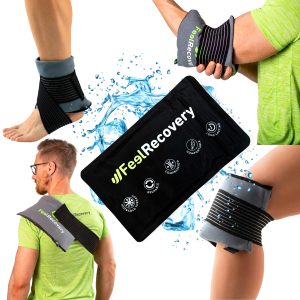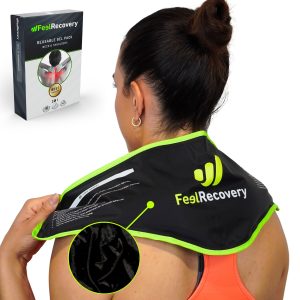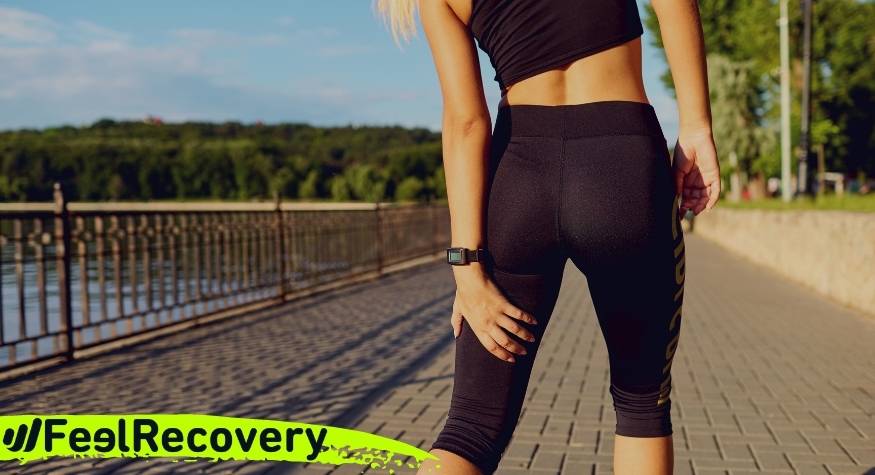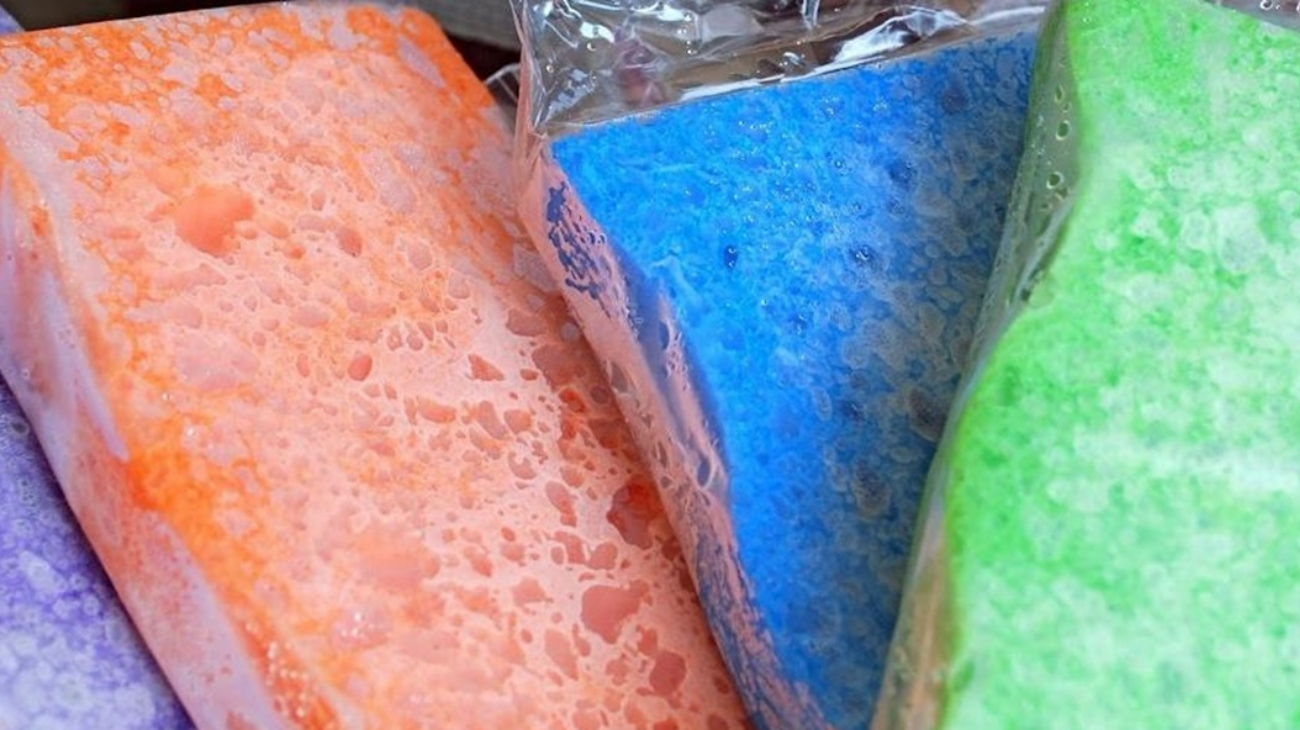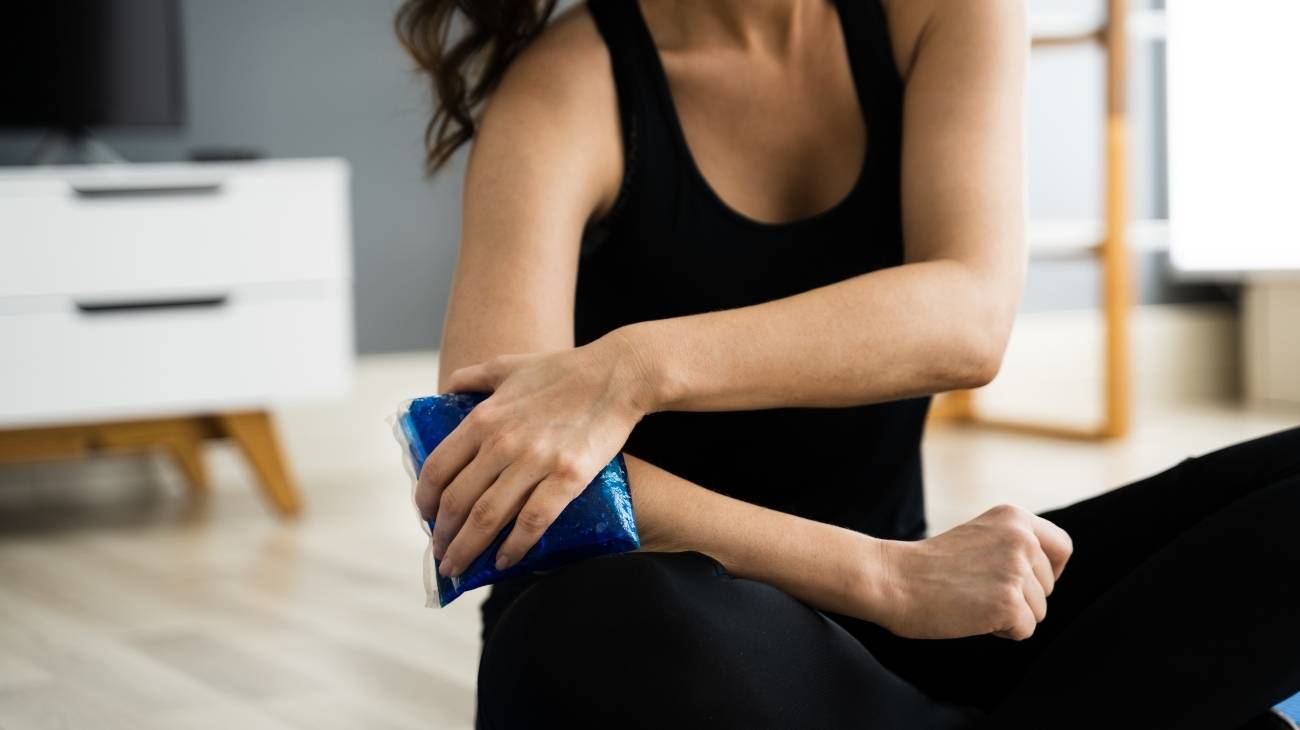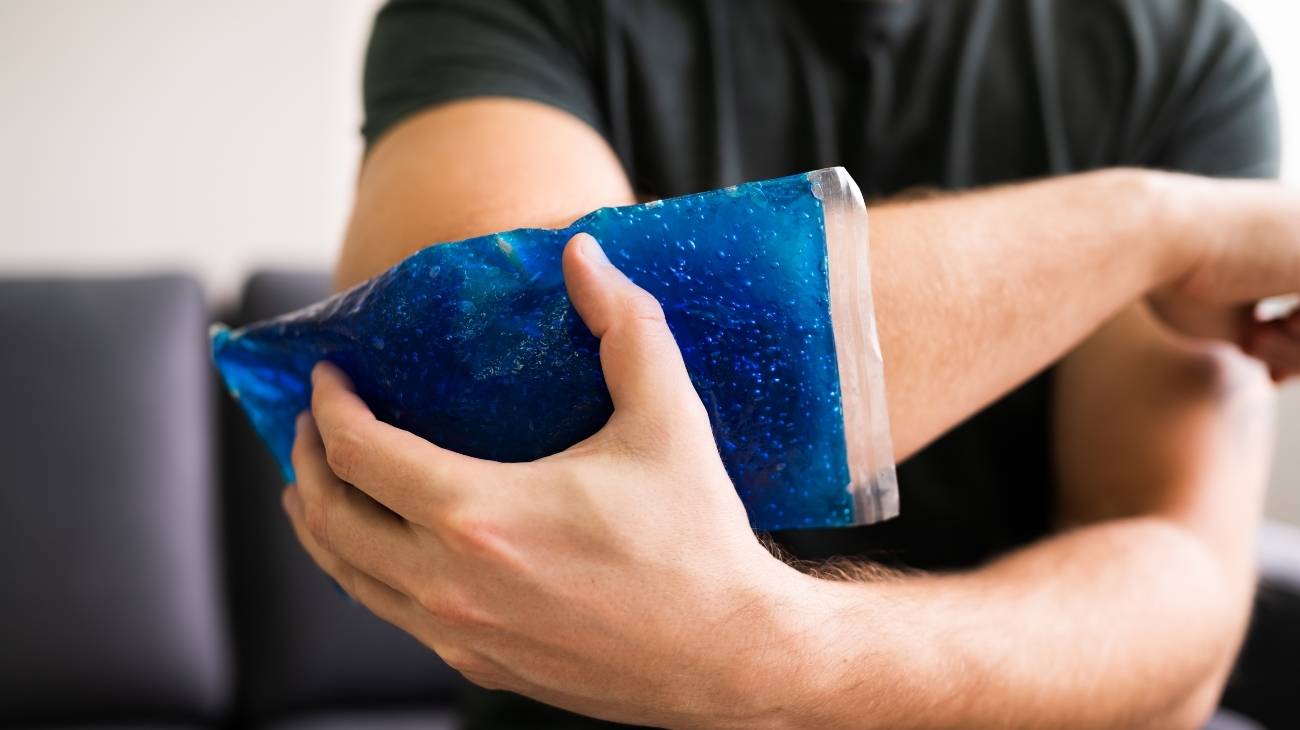Do you know the gel packs to apply cold/hot? What material they are filled with? Are they toxic? Do they burn the skin? Congratulations! Today we will answer this and other concerns you may have about gel packs.
It is not by chance that medical specialists and trainers recommend this product to achieve the fastest muscle recovery, relieve pain and inflammation, among others. If you want to know more about the versatility, practicality and safety of using hot/cold packs, take a look at what follows!
What are hot and cold gel packs?
Did you know that reusable gel ice packs are typically filled with non-toxic substances like water, propylene glycol, and a thickening agent? According to Poison Control, these components are generally safe, but it's important to avoid ingestion and ensure the packs remain intact during use.
Gel packs for applying cold or heat are compresses designed for the thermotherapeutic treatment of pain, muscle injuries and inflammation. Thanks to the material with which they have been manufactured they can reach high and low temperatures, retaining them for a long time during their application to the affected area.
Hot or cold gel packs represent two of the most viable non-pharmacological measures for treating injuries. For this reason, they are increasingly indicated by medical specialists to reduce the use of analgesics and anti-inflammatory drugs that ultimately affect health.
As they are filled with soft gel they are very flexible, adapting easily to different parts of the body. Their use in hot weather is recommended to treat pain, stiffness, cramps, stress, among others. On the other hand, using them cold helps to combat pain, swelling, spasms and other ailments.
The best thing is that they are reusable and very easy to use. In fact, to cool them down or heat them up, simply place them in the refrigerator or microwave respectively.
Bestseller
-
Gel Eye Mask for Puffy Eyes (Gold/Black)
$11.95 -
Gel Eye Mask for Puffy Eyes (Orange/Pink)
$11.95 -
Gel Eye Mask for Puffy Eyes (Purple/Turquoise)
$11.95 -
Ice Pack for Foot - Cold Therapy Socks (Black)
$24.95 -
Ice Pack for Foot - Cold Therapy Socks (Green)
$24.95 -
Ice Pack for Foot - Cold Therapy Socks (Pink)
$24.95 -
Migraine Relief Cap 360º (Black)
$24.95 -
Migraine Relief Cap 360º (Blue)
$24.95 -
Migraine Relief Cap 360º (Pink)
$24.95
Uses and effects of heat or cold therapy
Did you know that cold therapy reduces inflammation by decreasing blood flow, making it most helpful when used for acute injuries and pain? Medical News Today states that cold treatment numbs sore tissues and slows down pain messages being transmitted to the brain, acting as a local anesthetic.
It is very convenient to know when it is appropriate to apply cold or heat therapies and what effects they have in each case. The use of thermal gel packs is widespread to treat pain, inflammation and diseases such as arthritis. The effectiveness of these therapies against illnesses and different injuries has made their use more and more frequent. However, the difficulty arises when you do not know whether to use cold or heat, even, both temperatures could be useful for some treatments.
Below, in which situations it is very convenient to apply cold or heat:
Acute post-traumatic conditions
Cold therapies are indicated in musculoskeletal or post-surgical orthopaedic trauma. It helps to reduce swelling, pain, haematomas, secondary hypoxia in adjacent tissues, infiltration of interstitial fluid.
However, to obtain a successful result cryotherapy must be combined with elevation and compression of the affected area and compression. Also, it should be applied as soon as possible, considering the degree of cooling and application time.
Post-operative periods
Applying cold 36 hours after surgery helps to reduce pain and swelling, improves sleep quality and recovery time. It is also very suitable to facilitate physiotherapy. Especially in surgeries associated with extremities and maxillofacial.
On the other hand, the heat, although not much analysed, applied in a habitual manner contributes to the reduction of acute and chronic pain, increasing the comfort of the patient.
Conditions with spasticity
Thanks to cold therapy, it is possible to temporarily reduce hypertonia, allowing the patient to perform some movements and activities. The mobility effect could last between 60 to 90 minutes.
Trauma
Cold therapy is indicated as the first emergency applied in trauma to reduce edema through vasoconstriction. Also, because they slow down the activity of the affected cells, lowering the temperature of the area and the metabolism of the tissues. Heat, on the other hand, acts as an analgesic and decontracts the areas that have suffered the blow. In some cases it helps to relieve pain, but it is not indicated in all cases.
However, what is clear is that it increases the elasticity of the tissues, especially in the muscular area. Heat will help the healing process if applied during the first 48 hours. But, considering that the risk of bleeding must have passed, as there will be an increase in blood flow.
Muscle spasm and cramps
Heat therapies contribute to the reduction of muscle spasms and cramps, joint stiffness. This occurs by increasing the distensibility of collagen fibres, blood flow and metabolism. Thanks to this, heat therapies are ideal as a complement to rehabilitation exercise to avoid risks in the injury.
Fever
Cold therapy is indicated for fevers, as long as they are generated by infection, neurogenic or surgical causes. They manage to lower the body temperature in a generalised way.
Burns
In the event of a slight or superficial burn, the application of cold helps to minimise pain and the formation of blisters, preventing the extension of the erythematous area. However, it should be applied early to obtain better results.
Pain relief
Cold has the capacity to act directly on the receptors and fibres that conduct pain. Also, indirectly by reducing the painful swelling caused by the trauma, including muscle spasms and spasticity. Heat is also indicated to relieve pain thanks to the stimulation of endorphins, generating a sensation of relief, increasing the pain threshold. It also has an analgesic effect on low back pain and menstrual pain.
Atopic dermatitis
The itching generates an itchy sensation in the body. Faced with this symptom, the cold acts directly on the sensory receptors. This is why it is indicated in atopic dermatitis and other diseases that trigger this symptomatology.
Inflammatory processes
Thanks to the fact that the destructive enzymes are more active at high temperatures, it makes the cold very effective against acute inflammatory processes. Some pathologies where this symptom is present are bursitis, arthritis, tendinitis, rheumatism in outbreak, among others. Cold therapies will help to alleviate the symptoms of the inflammation, and will delay the toxicity and its extension.
Acute and subacute arthritis
Osteoarthritis is considered one of the most common forms of arthritis, affecting the hands, hips, shoulders and knees. The most common symptoms are pain and swelling, where heat or cold therapy will help improve the symptoms. The heat effect helps to improve circulation and relax the muscles. Meanwhile, the cold numbs the area of pain and reduces inflation, blocking nerve impulses and contracting blood vessels to the joint.
Arthroplasties and stents
With total knee replacement and stenting, cold therapy will help reduce pain and blood loss. It also helps to improve mobility after surgery.
Tendinitis
For an acute injury like tendinitis that causes inflammation, swelling and pain, applying cold is an excellent option, as long as the injury is recent. Focused application of cold will numb the painful area and cause the blood vessels to contract, reducing swelling.
Fractures
Cryotherapy is indicated after a fracture, ankle injury or sprain. Pain is reduced and so is drug consumption, combined with exercise therapy that will work very well for the patient's recovery.
F.A.Q: Frequently Asked Questions
If you still have questions, don't worry, below we will answer some of the most frequently asked questions from users on the Internet about these hot/cold gel packs:

